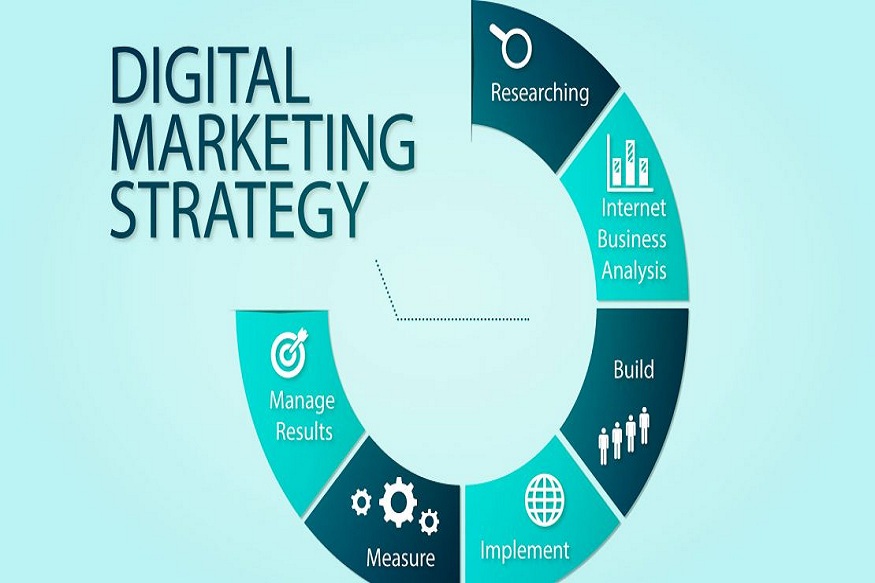A digital strategy, what is it for?
Without a course, no results. It is illusory to launch headlong into the operational implementation of digital devices if one has not previously defined objectives in relation to the overall strategy of the company . The digital strategy should logically flow directly from your organization’s strategic plan and align with the metrics already defined. It seems obvious once you say it, but yet many projects are born out of whims or the desire to go “wow”.
1. Do a strategic audit
The audit of the website is an essential first step. Map your entire existing system, from a technical and functional point of view. Identify your strengths and weaknesses, and compare yourself to the competition!
SEO audit : identify the problems that could prevent your site from positioning itself in the first results of search engines : URL, meta description, keywords, internal linking, external links, quality of backlinks…
the strategic audit : it is the complete audit of the company strategy. This is an opportunity to take stock of the objectives to be achieved, your offer, the business model, your activity monitoring…
the ergonomic audit : study the user paths of your website, the navigation elements, the information architecture , buttons (call-to-action), graphic consistency, accessibility… In short, the user experience !
2. Define strategic objectives
The digital strategy must be aligned with the business strategy and must be based on clear objectives and KPIs . These can be objectives of notoriety, visibility, conversion or loyalty (ROI, conversion rate, click rate, time spent on the site, traffic generated, etc.)
The KPIs (or performance indicators) make it possible to demonstrate the effectiveness, or not, and the relevance of the actions implemented.
The SMART method makes it possible to define clear, precise and understandable objectives and KPIs for all according to 5 indicators:
3. Understand and identify targets
Who are your Internet users, your customers, your prescribers…? The challenge is to adopt a “user centric” approach to put the customer at the heart of your strategy.
You can work on user research and establish personas or buyer personas .
To collect the necessary information, it is possible to carry out surveys, interviews, focus groups, user tests … The goal is to identify points of pain/frustration, needs and expectations …
4. Design the UX/UI device
This involves identifying and structuring the acquisition, transformation and loyalty channels available and useful for your strategy.
The goal is to create a tunnel, a route and to define the levers available for each stage of the route:
It is not necessary to use all the levers at each stage. If you are a public institution for example, using Snapchat will not be very helpful!
5. Build an Inbound Marketing Strategy
Building an effective content (content marketing) or Inbound marketing strategy allows you to create a relationship with the targets and go beyond the pure logic of outbound marketing, while guaranteeing effective SEO.
Inbound Marketing is based on a content creation strategy to attract visitors to your website/blog, convert them into leads, and then into customers. Content is disseminated through various techniques such as marketing automation (automation of marketing campaigns: sending emails, etc.) or lead nurturing (“feeding the lead” with qualitative content).
6. Setting up
For each lever chosen, it is now necessary to identify which tools are necessary.
For referencing , you have to ask yourself the question: paying or not? Do you want to work on paid referencing (SEA) or free natural referencing (SEO)? Which monitoring tools to use? Do you need a backlink management platform?
One cannot define an exact budget, a single timetable and the necessary resources without taking into account the specificities of each context. These elements depend on the organization itself, its objectives, the teams …
7. Measure
What is great with digital is that it is able to trace everything, measure everything, in real time.
Everything that is put in place as part of a digital strategy must be subject to continuous optimization . What you put in place today may not work tomorrow! Uses and trends are changing very quickly in the digital world.



